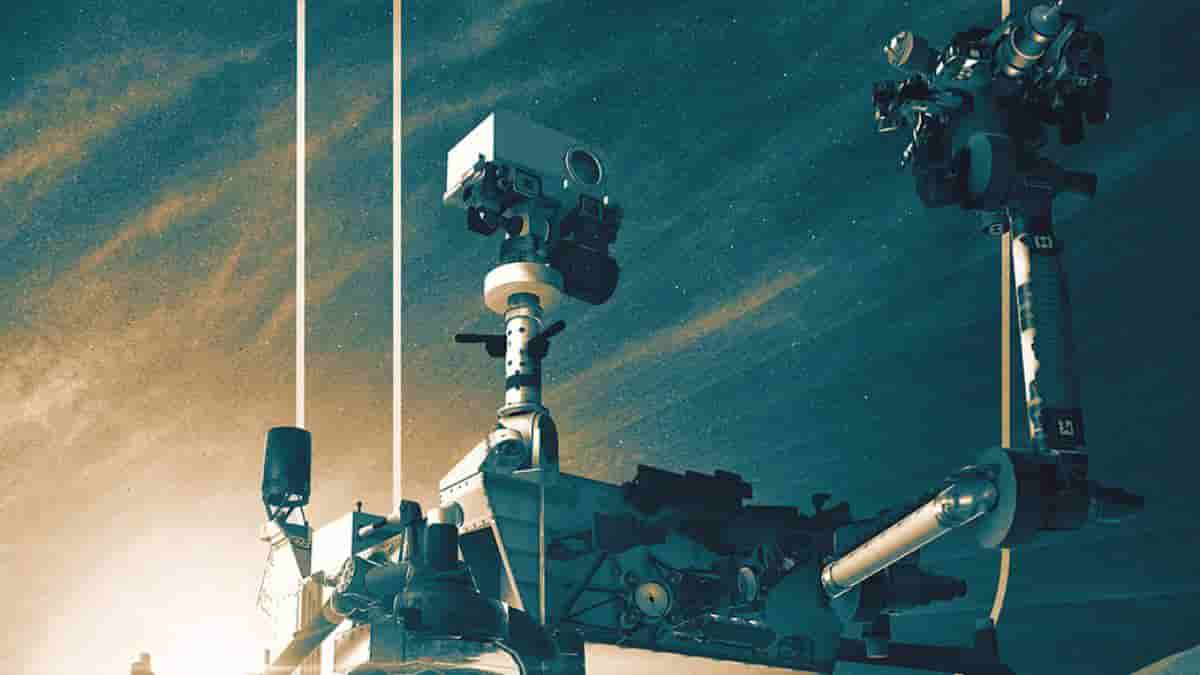“It’s been a busy decade on Mars”, Today marks ten years since NASA’s Curiosity rover was jettisoned onto Mars

Despite signs of degradation, the daring spacecraft is prepared to start an exciting new chapter of its mission as it ascends a Martian mountain.
Today marks ten years since NASA’s Curiosity rover was jettisoned onto Mars and the search for evidence that Mars once possessed the conditions necessary to support microscopic life began. Since then, Curiosity has investigated Gale Crater and the Mount Sharp slopes there, traveling about 18 miles (29 kilometers) and climbing 2,050 feet (625 meters). The rover has studied 41 rock and soil samples, using a range of scientific techniques to learn what they could reveal about Earth’s rocky twin. And it has inspired a team of engineers to devise ways to minimize damage and keep the rover moving: In fact, NASA just extended Curiosity’s mission by three years, allowing it to continue as one of the organization’s most important astrobiological initiatives.
A busy ten years have passed. Curiosity has photographed the moons and dazzling clouds that can be seen in the skies of the Red Planet. NASA can determine how to keep future astronauts safe by using the rover’s radiation sensor to quantify the amount of high-energy radiation they would be exposed to on the Martian surface.
What matters most is the existence of liquid water, chemical building blocks, and nutrients necessary for maintaining life in Gale Crater for at least tens of millions of years. The crater was once home to a lake, whose size changed throughout time. Each layer higher up on Mount Sharp serves as a record of how the biosphere of Mars has altered over time.
Currently, the courageous rover is moving through a canyon that marks the beginning of a brand-new region, one that is thought to have formed as the water dried up and left behind salty minerals called sulfates. Amazingly, Curiosity managed to ascend the mountain. In 2015, the group captured a “postcard” image of several distant buttes. A Curiosity-sized rock called “Ilha Novo Destino” may be seen as a small dot in that image. Last month, the rover trekked by it on its approach to the sulfate-bearing zone, nearly seven years after it was found.
The team plans to spend the following years exploring the sulfate-rich area. They have in mind for this area the Gediz Vallis channel, which may have formed during a flood late in Mount Sharp’s history, and enormous cemented fractures that show the effect of groundwater further up the mountain.
It's been a busy decade on Mars.
After ten years, 18 miles (29 km), and 500,000 photos, @MarsCuriosity is still rolling strong in its quest for signs of ancient life. As Curiosity moves forward, take a look back with us at what it's accomplished: https://t.co/zX6MeG2QPt pic.twitter.com/26CadYeGRk
— NASA (@NASA) August 6, 2022


